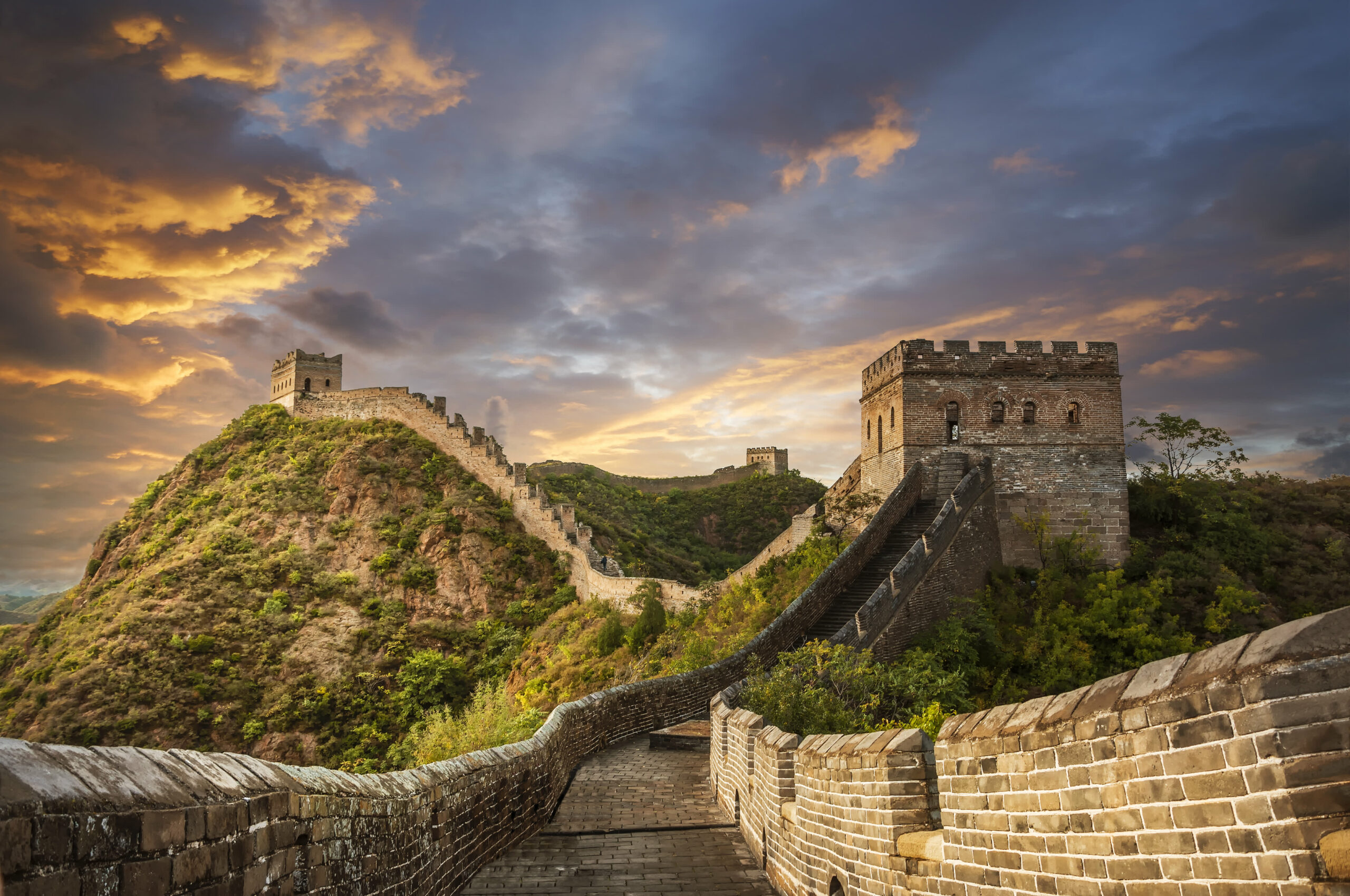In recent years, China has emerged as a formidable force in the global landscape of scientific innovation. This phenomenon is not merely coincidental; it stems from a comprehensive paradigm shift catalyzed by newly instituted laws aimed at fostering an environment ripe for creativity and technological advancement. The interplay between regulation and innovation presents a compelling narrative worth exploring, as it provides significant insights into the underlying motivations driving this transformation.
One can observe the intricate relationship between law and innovation through the lens of China’s burgeoning investment in research and development (R&D). In an era characterized by rapid technological evolution, the Chinese government has enacted policies that prioritically allocate resources toward scientific exploration. For instance, the recent establishment of the National Strategic Emerging Industry Development Plan outlines various sectors identified as pivotal for national rejuvenation, encompassing areas such as artificial intelligence, biotechnology, and clean energy. Such strategic direction elucidates a broader vision—not merely to attain self-sufficiency but to propel the country onto a trajectory of global leadership in these high-tech domains.
Furthermore, administrative adjustments, such as the streamlined processes for securing intellectual property (IP) rights, greatly encourage innovation. Traditionally, inventors and researchers across the globe have faced a quagmire of bureaucratic hurdles that stymie creative endeavors. However, the reformation of China’s IP frameworks serves to mitigate these obstructions. Enhanced protection of intellectual property theoretically engenders a salutary climate where innovative ideas can flourish uninhibited, allowing for cross-pollination among diverse fields. Consequently, this fosters not only the emergence of homegrown solutions but also positions China as an attractive locale for foreign investment, a duality of advantage that is not lost on international stakeholders.
Complementing these legislative endeavors are educational reforms aimed at instilling a culture of innovation from the grassroots level. The vast talent pool in China, comprising millions of students pursuing STEM (Science, Technology, Engineering, and Mathematics) disciplines, lays the foundation for sustained scientific inquiry. The government’s financial commitment to promoting advanced education, often through generous scholarships and extensive funding for research initiatives, supports a narrative of empowerment that transcends mere academic achievement. Instead, it encapsulates a holistic approach toward creativity that melds theoretical underpinnings with practical applications. This synthesis, steeped in a culture that values perseverance and diligence, yields graduates who are not just proficient but also innovative problem solvers.
Another noteworthy element is how China’s historical context shapes its contemporary scientific narrative. The scars of past isolationism foster an acute awareness of the disabilities incurred by technological lag. As a result, there exists a profound urgency to catch up with and indeed overtake Western counterparts. This historical impetus breeds a national ethos characterized by a relentless pursuit of breakthroughs. Consequently, the fervor for innovation is not merely a byproduct of recent legislative changes; it is interwoven with national pride and the quest for global preeminence. The metamorphosis from a primarily manufacturing economy to one heavily anchored in innovation showcases a robust adaptability that resonates across varied demographic strata within the society.
Moreover, the covert motivations behind China’s ambitious policies speak volumes about the competition for technological supremacy in the international arena. The geopolitical ramifications of technological innovation are profound, particularly in light of contemporary challenges such as climate change and global health crises. By spearheading advancements in renewable energy technology and healthcare solutions, China is not merely seeking economic gain but aims to redefine its role on the world stage. The implications of this transformation are manifold, as they influence global supply chains while simultaneously shaping diplomatic relations saturated with an undercurrent of technological rivalry.
However, the pursuit of innovation is not devoid of pitfalls. The rapid pace of change can foster an environment rife with ethical dilemmas, ranging from issues of data privacy to the implications of genetic engineering. Regulatory frameworks must evolve alongside technological advancements to ensure responsible innovation that values ethical considerations. Furthermore, it is essential to foster inclusivity in the innovation ecosystem, ensuring that the benefits of technological advancements permeate all segments of society, rather than being confined to an elite few.
Ultimately, an analysis of China’s policy-driven shift toward innovation reveals a complex tapestry of factors at play. The synergy between legislative reform, educational revamping, historical context, and international aspirations forms a multilayered narrative that underscores the magnitude of scientific ambition permeating the nation. Innovations stemming from this nexus possess the potential to address several global predicaments, enriching the lives of citizens both domestically and internationally.
As the world watches China’s ascendancy in the realm of scientific innovation, it becomes evident that this is not merely a tale of a nation transforming its economic fortunes. Rather, it is emblematic of a collective aspiration to harness ingenuity for the betterment of humanity. It is imperative for the global community to observe closely, for within these developments lie opportunities ripe for collaboration and shared progress. The confluence of policy, education, culture, and historical context crystallizes a landscape where innovation not only flourishes but fundamentally alters the fabric of society, setting the stage for future generations to build upon. Thus, the story of China’s innovative ascent continues to unfold—an intriguing narrative that beckons further exploration and engagement.










